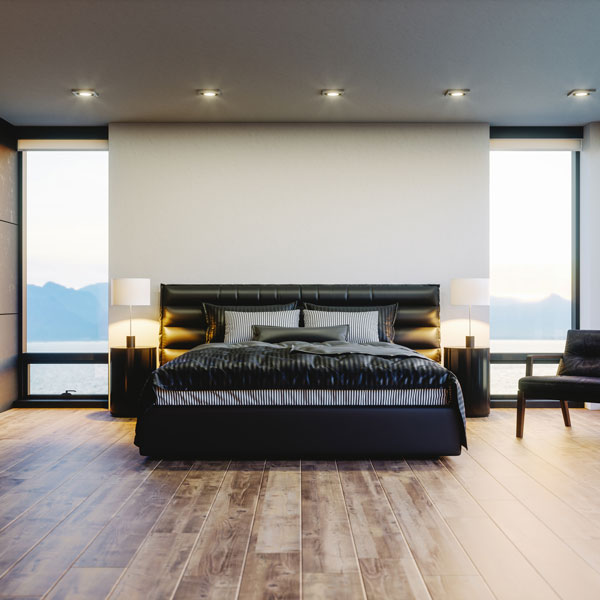Our Certified Access Specialist (CASp) solves accessibility issues at the design stage. Anything that could have been anticipated earlier in the design phase will not pose a problem after construction has begun. You will be able to fix potential accessibility barriers when it is relatively easy and inexpensive to make changes.
Planning for Accessibility




Planning New Construction? Stay Compliant with ADA Standards
An estimated 40 million Americans live with a disability, among them your future guests or their family members.
Ensuring that your facility is usable by everyone will support your bottom line and reputation. New constructions are a great opportunity to include accessibility and offer equitable spaces to all guests.
The Americans with Disabilities Act (ADA) requires all commercial facilities built in the United States since 1992 to comply with certain standards that make buildings usable for disabled individuals. When evaluations related to accessibility occur in the early design phase and continue throughout it, compliance seems less of a regulatory burden and is more easily achieved.
Our CASp Checks Plans for Compliance with ADA and California’s Building Standards Codes
New buildings are required to comply with state or local codes, which contain some accessibility provisions. But local building codes and ADA Standards are mutually exclusive.
Building code inspectors or officials review your plans and visit your facility to confirm that the new structures are safe.
The ADA allows local and state governments to request a determination around whether their accessibility provisions are equivalent to the ADA requirements. If so, the building code inspection serves as evidence of the facility’s compliance with the ADA.
When local and state accessibility requirements are not equivalent to those stipulated by the ADA, the responsibility to ensure ADA compliance falls on design and construction stakeholders. Our CASp’s insights can help you meet both sets of requirements, many of which are similar. When there are differences in requirements, we recommend provisions that ensure greater accessibility.
ADA Requirements for New Constructions
ADA requirements apply to both interior and exterior spaces, and elements provided on the site. In the case of a new building, all areas need to be accessible, including multiple spaces of the same type.
Some requirements specified under the ADA include:
Access for approach, entry, and exit: At least 60% of all public entrances must be accessible, as well as entrances for parking structures, elevated walkways, and tenant spaces. An accessible route to accessible entrances from public streets and sidewalks, and a minimum number of accessible parking spaces, are some other requirements.
Accessible routes must connect all accessible spaces and elements in the facility. Protruding objects should not pose a hazard to visually impaired guests. Accessibility requirements also apply to elevators, stairways, windows, and operable parts.
Requirements also encompass communication elements such as informational signs, fire system alarms, assistive listening systems, and two-way communication systems.
Provisions cover plumbing facilities, including drinking fountains, toilet and bathing facilities, kitchens and sinks, and washing machines and clothes dryers.
The 2010 ADA Standards affect several hotel areas, including swimming pools, golf courses, bars, fitness centers, and playgrounds. Our CASp can review each element or the entire project, helping you navigate complex issues and make the best decisions.
Renovations and Tenant Improvements

Altering guestrooms or a primary functional area in your facility can require ADA compliance upgrades. The minimum number of accessible guest rooms required depends on the total number of guestrooms being added or renovated.
If you’re remodeling the interior, accessibility elements include doors, door hardware, signage, and the closest restroom on the route from the altered area. For an exterior remodel, accessibility elements include accessible paths of travel, curb ramps and signage on the route of the altered area.
Applying ADA to existing buildings can get complicated. Our CASp can suggest the most feasible and economic solutions that make compliance possible and painless.

